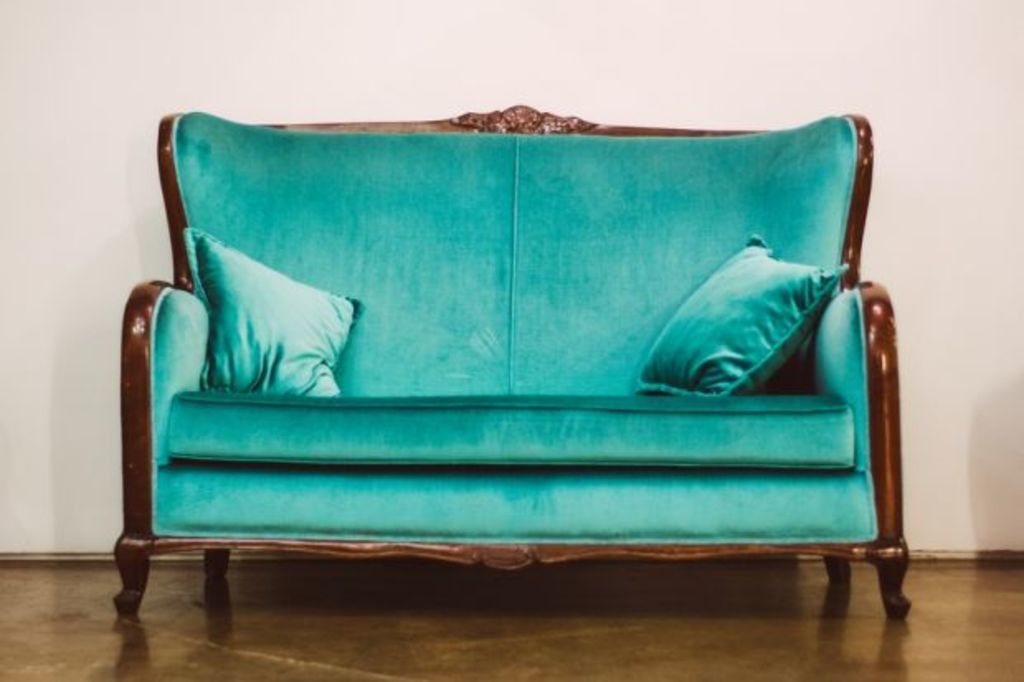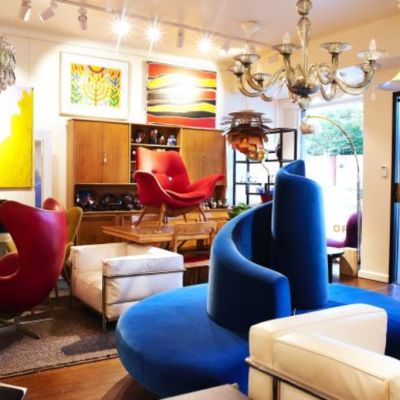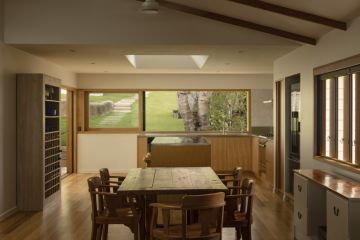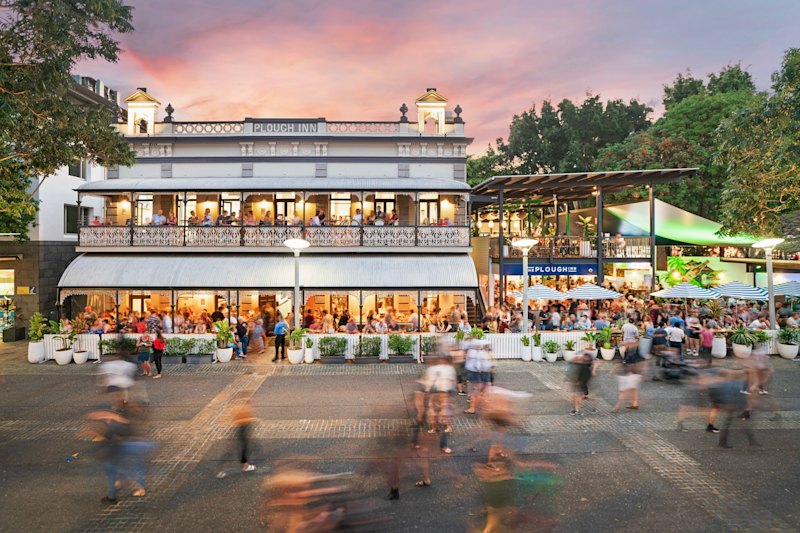Don't DIY: Why flat pack furniture is out and artisanal is in

For the average DIY devotee, the bed frame and dining table can seem more objects of necessity than artistry, and using easy (or not-so-easy) flat pack versions are a cheap and convenient way to whip them up in a jiffy. But could this popular DIY activity be sabotaging style and proving a false economy?
The message is DDIY (Don’t Do It Yourself), with handcrafted furniture increasingly gaining popularity for its high quality, longevity and ability to serve as a room’s commanding focal point.
“Flat pack furniture is designed to be quick and cheap,” says Sophie Carr, interior designer at Studio Arrc, “It serves a purpose, and its lifespan is usually fitting for its intention.”
Designer Ryan Hanrahan of Page Thirty-Three agrees, and says that today’s modern throwaway culture promotes transient trends, making artisanal investments more emotional ones. “Quality objects last a lifetime,” he says. “If you love and desire something over time, and work hard to acquire it, the emotional bond will be there and you will treasure it for a lifetime, rather than a season.”
Whilst DIY devotee Lil Sorossi agrees, she doesn’t intend to retire her Allen Key anytime soon. “DIY and flat pack assembling is brilliant and definitely a skill,” she says, “It’s practical, quick, affordable, and gives you a sense of accomplishment when you successfully finish a project.”

The light year day bed, $5495. Photo: Page Thirty-Three
For some however, a furniture investment is much more than just a solution. “Handcrafted pieces are a talking point,” says Hanrahan. “Whether the owner knows the artist or has supported a local designer, telling their friends the story behind the piece is a wonderful thing.” Craftsman Christopher Duncombe agrees. “The process brings a personal provenance to the object which creates its story,” he says. “My clients love how invested I am in each piece before it leaves my workshop to spend a lifetime in their homes. Mass production can never have the same feel – it’s just another number on the production line.”

Sundial dining table $4750. Photo: Page Thirty-Three
Is there a place for DIY disposal furniture in an artisanal world? “In a perfect world there would be no need for DIY furniture,” says Carr, “but I understand that in nearly every home there is at least one piece of furniture that came flat in a box. We need to break the habit of replacing poor quality furniture with another piece of poor quality furniture as a quick and easy fix. As a society we simply can’t sustain it.” Hanrahan agrees and believes there is scope for merging the two. “If quality and sustainable materials were used, and the design included a single locking mechanism and minimal pieces, we would see an exciting mix of the two genres.”
In the meantime as you strive to DDIY, take a walk on the artisanal side. “I don’t want to feel like I’m living in an IKEA showroom,” admits Sorossi. “When budget allows, adding a key piece of artisanal furniture to the mix makes a space look less generic, and actually very special.” Indeed.
We thought you might like
States
Capital Cities
Capital Cities - Rentals
Popular Areas
Allhomes
More










